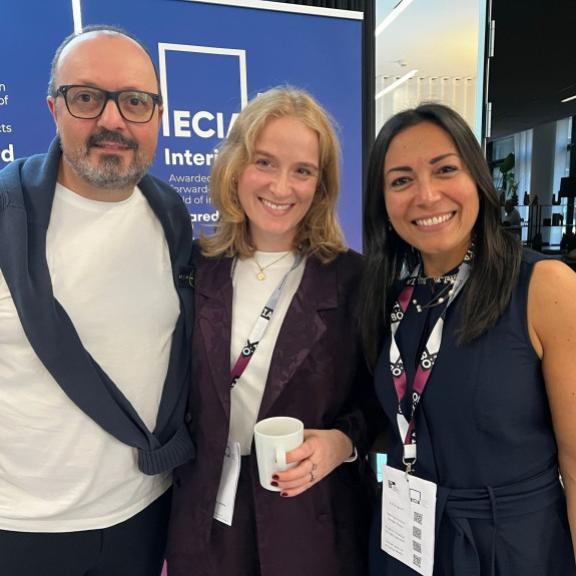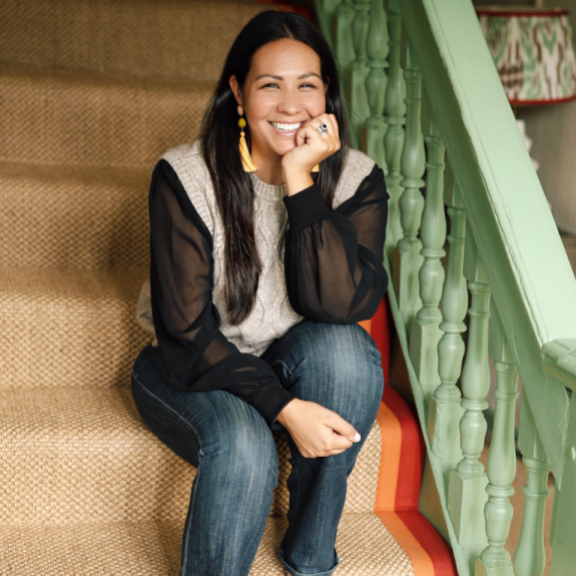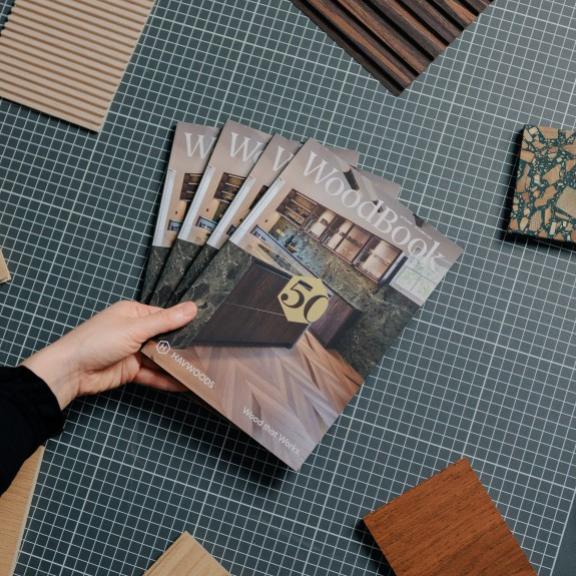Interior Design: A Professional Guide by Jenny Grove
‘Interior Design: A Professional Guide’ by BIID Affiliate member Jenny Grove has recently been published by RIBA Publishing. Jenny has worked in the field of interior design and architecture for over 30 years including as a designer at Wolff Olins, a founder member of one of the UK’s best known architectural model-making studios and a course director and lecturer at Chelsea School of Art.
In Jenny’s own words, the reason she wrote this book was, ‘When I started out back in the ‘80s there were no professional practice books of any note, and I needed help putting interiors in context, to guide me through the intricacies of our profession. Like most designers I learnt on the job taking models from architecture and other design specialisms to manage projects. In the intervening years, whilst there have been ground-breaking books like The BIID Interior Design Job Book, no one has written the book that would have helped me over all those hurdles, so I took up the challenge myself. The book that has emerged is one that considered interior design in its broadest sense and how it is now a multi-layered, cross-disciplinary global profession which includes design and architecture, cultural, social and business contexts, and how these all impact on decisions and choices.’
We are sharing an exclusive extract from the book on the regularly discussed and debated issue of interior design fees. This extract is taken from Chapter 4, ‘The Client-Designer Relationship’:
Taken from Chapter 4 – The Client-Designer Relationship
Fees and budgets
Deciding what to charge, how to charge it and when to charge, are not light decisions. The designer needs to spend time on this, and probably have the input of their accountant to help establish some guidelines to work within that can be used as a benchmark for different projects. What follows is going to be more useful to the novice designer and micro business, and is the most basic way of calculating fees. It is by no means a comprehensive approach as no two design practices or projects are the same and financial advice from an accountant used to working with designers should always be taken as part of the business strategy. Larger design companies will have a financial team or director who will work with the designers in pulling together a fee proposal.
What to charge
The designer’s fee should not be solely estimated on the basis of what they think the client will accept, but should take into account how much they want the project and what it will cost them to produce versus what the market will tolerate. There is a perception that because designers are creatives we do this work as a passion to satisfy our own creative needs, like a fine artist, so we are happy starving in our garrets. Yes, we do this work as a passion, but designers also have businesses to run with years of education, expertise, knowledge and innovative thinking that should demand a reasonable fee – just the same as a plumber or solicitor or any other skilled professional. So the designer should never underestimate their expertise, as this is what the client is in need of.
What the designer charges should reflect what they think they are worth and take into account their experience and specialist knowledge. Likewise, it should be worked out so that they are covering the time that the whole team will spend on the project, plus business operating costs and, very importantly, building in a profit margin. To do this will require a scale of hourly charge-out rates – for the designer’s own time and for those who work in-house/are employed by the designer – and which include a portion of business operating costs and a profit margin. As a most basic ratio, take the hourly rate that will actually be paid to the person and at least double it. This will probably start to cover operating costs; triple it and the designer might start to make some profit. Obviously this is a simplistic starting point and the designer should take advice to be sure of what their charge-out hourly rates should be – the more operating costs can be kept down, the healthier the profit margins will be.
In order for the designer to know what their operating costs are, they will need a fairly exact estimate of what income is required to cover everything else to keep the business running – i.e. to pay for all the overheads that are incurred that cannot directly be charged to clients, such as rent and rates on premises, services (phones, power, heating, water, etc), business consultant fees (accountant, PR), marketing, rental or regular capital outlay to update computer equipment and software and staff salaries (including the designer’s own). This is by no means a comprehensive list – an accountant will help establish these overheads – but these figures, along with a schedule of hourly rates, will be the designer’s benchmark for estimating fees and is why they should always regularly review hourly rates and have up-to-date management accounts.
When a project comes in, the first thing that needs to be established is exactly what work the designer will be undertaking. They can then estimate how many man hours it will take to carry out this work (do not forget to include administrative time) and add on a contingency of say 15-20% to allow for unforeseen circumstances. Multiplying by the hourly rates for each person working on the project will provide an initial estimate of what it will cost the designer’s business to do the project. (Now you can see why one reason for keeping detailed time sheets is so that you can refer to similar jobs to estimate the time needed.) This estimate is the yardstick for monitoring time spent on the project to ensure there is not an overspend in terms of time which would reduce profit margin.
How to charge
This initial estimate of the number of man hours is the standard against which the designer can establish how to charge design fees for the project. However, before they can get to the stage of working out how many hours will be required on the project, it is essential to have a comprehensive schedule of design services, as mentioned in the previous section. However, the scope of design services cannot be thoroughly detailed without considerable time being spent beforehand with the client, being briefed and at the site to establish feasibility for the scheme. Therefore time spent on the project up to this point should probably be charged to the client on a simple hourly basis or an agreed fixed fee (worked out on how much time the designer thinks will be needed).
Once there is a full schedule of design services, and the designer and client have discussed a budget for the cost of the build (not the overall cost which would include design and consultancy fees), it is possible to work out a fee based on a percentage of the cost of the build. The percentage charged usually varies depending on the budget and will probably decrease as the overall budget increases. Again, there are no established scales for this, but having worked out an initial estimate (as above ‘What to Charge’), the designer will be able to assess what a suitable percentage would be that will cover the project costs, operating costs and profit margin. Remember that smaller jobs can eat up proportionally more time than larger jobs, so a higher percentage is required. Also, working on this basis means that the final design fee will likely be different to the initial calculations because invariably the cost of the build will change during the course of the project (which means it could go down, as well as up).
The question of a lump sum or a fixed fee for the whole scope of design services is a potentially dangerous area for the designer and should be very carefully considered before it is agreed. The client may well feel more comfortable with this type of fee as it is a known quantity, but the nature of interior design projects generally means there are often changes as the project progresses. For example, the client may want to alter something once they start to see the reality of the design or, when working with existing buildings there are always unforeseen things that arise when uncovering and exposing the existing shell and services. These variations will require more time on the designer’s part which needs to be recompensed. Therefore, if these type of fees are used, there should always be a caveat in the Client-Designer Agreement that is agreed between client and designer to ensure that changes, alterations and variations to the original proposal that the fee was based on, can be charged for with agreed rates.
As mentioned, lump sum and fixed fees are often used for the initial feasibility stage of a project (Stages 0 + 1) – to get to the point where a full schedule of design services can be drawn up.
Often a combination of these three main ways of charging fees (fixed fee, hourly rate and percentage) is used and will depend on the scope of the project, the budget for the build and the client’s preference. For example, at feasibility stage an hourly rate or fixed fee is appropriate. Once a schedule of design services has been established, a percentage fee works well.
FF+E procurement is ideally not included in a percentage fee of the build cost. The designer needs to agree with the client whether they are acting as an agent or principal, and ensure the client understands how they will be charging for this part of the project. The designer must be scrupulously honest with the client about discounts and handling charges – they must never try and hide this.
When to charge
The designer needs to understand basic financial principles of cashflow, profit and loss if their business is to be successful.
Cashflow is the oil in a business. It is like a car, lubricating all the components so that they work smoothly, efficiently and quickly. If there is no oil the engine seizes up, irreparable damage is sustained and it will cost a lot to rectify or, worst-case scenario, will be written off – i.e. bankrupted. If money is flowing into the business at regular intervals all is good, bills get paid, staff are paid, profits are growing. If money is not flowing, everything seizes up to a point where the business is at risk. So it is vital that having established how the designer will charge their fees, they establish when they are going to charge them and explain this to the client.
The formal agreement between the client and designer should make very clear when invoices will be raised throughout the project, so that the client is clear when payments will need to be made.
It is better for both the designer and client to invoice for smaller amounts regularly throughout the duration of the project (for example, monthly), rather than issuing an invoice for a large amount at the end of the job. Smaller, regular invoices mean that the designer maintains good cashflow and can pay their expenses related to the project and business operating costs, and the client is able to manage their own cashflow better so that the funds are available for the designer’s fees at the agreed payment stages. If the designer does not invoice regularly and issues an enormous invoice at the end of the project, there is the potential for an unscrupulous client to create a dispute to avoid paying the whole fee. Smaller, regular invoicing allows both the designer and the client to monitor their budgets, and if there are any disagreements, they can be dealt with swiftly when they arise, rather than at the end of the project.
The BIID Job Book has a very clear set of model schedules of payment and invoices, and also explains how to break down a percentage fee into smaller stage payments with adjusted payments depending on the final build cost.
When working with a new client, or one from overseas, there is also an argument for a ‘mobilisation fee’ – i.e. a payment in advance – which will help the designer gauge how committed the client is to the project, and their attitude to paying fees. If they are not happy to do this, perhaps it is time for careful consideration of whether the project is going to be more trouble than it is worth.
For overseas clients, it might also be worth establishing a regular payment schedule that is for payment in advance of services being completed. It can be incredibly difficult to chase fees across continents.
To find out more about ‘Interior Design: A Professional Guide’ please visit RIBA Bookshops.
To Celebrate Black History Month, We Sat Down With D&I Committee Chair Charmaine White
Learn about smart home technology with Awards sponsor Control4
Highlights from the September ECIA General Meeting in Vienna
We asked Verity Coleman: What makes the perfect junior designer?
BIID has welcomed a range of new members and Industry Partners over the last three months
Discover insights into the brand’s milestone 50th year, their latest design innovations, and the company’s long-term commitment to supporting the BIID community.






